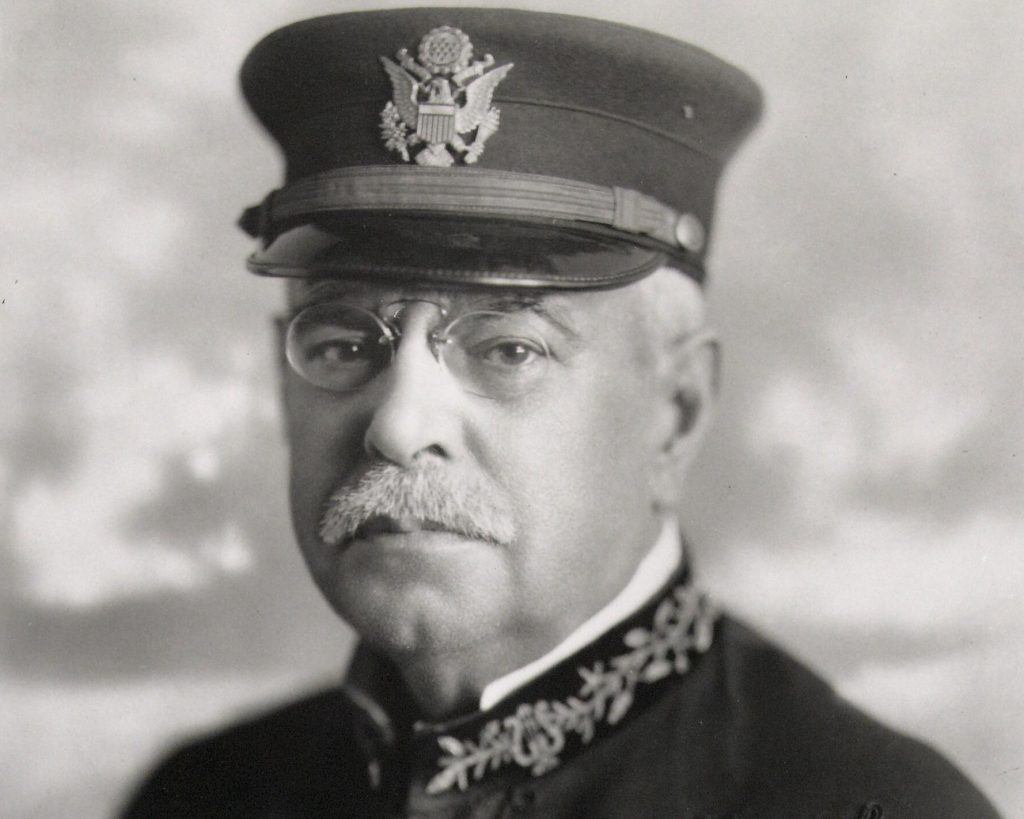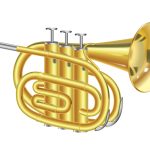
The March King and His Legacy
John Philip Sousa (1854–1932), celebrated worldwide as the “March King,” stands as one of the most influential figures in the history of band music. His compositions are not merely patriotic tunes; they are cultural landmarks that symbolize America’s spirit, optimism, and resilience. For over a century, Sousa’s marches have been performed by military bands, school ensembles, and professional orchestras across the globe.
In this article, we explore Sousa’s most famous marches, arranged in chronological order, to better understand why these works continue to inspire musicians and audiences alike. Whether you are a student of music, a history enthusiast, or simply curious about American patriotic music, this comprehensive guide will walk you through Sousa’s timeless classics.
Semper Fidelis – Always Faithful
Semper Fidelis, composed in 1888, became the official march of the United States Marine Corps. The Latin phrase translates to “Always Faithful,” embodying the core values of loyalty and honor. With its bold brass and commanding rhythm, it remains a symbol of military pride and discipline. This march is frequently performed at Marine Corps ceremonies and has become synonymous with dedication and service.
The Thunderer – Sousa’s Early Masterpiece
Written in 1889, The Thunderer is one of Sousa’s earliest breakthroughs. The title itself suggests strength and authority. Its stately themes, combined with driving percussion, give it a sense of grandeur that has kept it popular in concert band repertoires. Today, it remains a go-to choice for parades and patriotic concerts.
The Washington Post – Global Recognition
Also composed in 1889, the Washington Post March was commissioned by the Washington Post newspaper. Its elegant melodies and light character brought Sousa international fame. In Europe, this march was embraced by dance halls and military bands alike. Even today, it remains one of Sousa’s most widely recognized works, often associated with ceremonial and festive occasions.
The High School Cadets – Youthful Spirit in Music
Dedicated to the cadet corps of Washington, D.C., High School Cadets (1890) reflects youthful energy and optimism. Its cheerful melodies make it a natural favorite among school bands and community ensembles. The piece not only entertained audiences but also inspired younger generations to embrace the discipline and camaraderie of band life.
The Liberty Bell – A Symbol of Independence
In 1893, Sousa composed The Liberty Bell, named after the iconic American symbol of freedom. With its ceremonial yet uplifting style, it quickly became a patriotic favorite. Interestingly, its fame extended globally when it was later adopted as the theme for the British comedy show Monty Python’s Flying Circus. This dual identity—both patriotic and humorous—helped the march reach audiences far beyond its original intent.
King Cotton – Celebration of Southern Pride
Composed for the Cotton States and International Exposition in Atlanta in 1895, King Cotton reflects the celebratory spirit of the event. The title referred to the economic importance of cotton in the American South. With its lively, festive character, it became a staple of expositions, parades, and festivals, reminding listeners of Sousa’s ability to capture the mood of any occasion.
El Capitan – Sousa on the Operetta Stage
Sousa also ventured into operettas, and from his 1896 stage work El Capitan came one of his most spirited marches. Its theatrical flair and rhythmic drive made it instantly popular. Unlike purely military marches, El Capitan bridges the worlds of theater and band music, demonstrating Sousa’s versatility as a composer.
The Stars and Stripes Forever – The National March of the United States
No collection of Sousa’s music would be complete without The Stars and Stripes Forever, composed in 1896. Officially designated as the National March of the United States, it features a brilliant piccolo obbligato and a triumphant trio section that epitomizes American patriotism. This march is traditionally performed at Independence Day celebrations, parades, and major patriotic events, symbolizing unity and pride.
Hands Across the Sea – A Message of Friendship
In 1899, Sousa wrote Hands Across the Sea as a musical gesture of goodwill to foreign nations. Its radiant themes and bright orchestration convey a sense of international friendship. At a time when America was asserting itself on the world stage, this march reflected Sousa’s belief that music could transcend borders and foster peace.
The Fairest of the Fair – Sousa’s Romantic Side
Composed in 1908 for the Boston Food Fair, Fairest of the Fair is one of Sousa’s most lyrical and graceful works. Unlike his martial, powerful marches, this one carries a romantic charm and a softer elegance. It demonstrates Sousa’s range as a composer, proving that he was not limited to purely militaristic styles.
Sousa’s Musical Influence and Cultural Impact
Influence on American Patriotism
Sousa’s marches are deeply woven into the fabric of American patriotic music. From presidential inaugurations to Fourth of July parades, his compositions have provided the soundtrack to countless national moments.
Global Popularity
While deeply American in spirit, Sousa’s works transcended borders. European orchestras and bands embraced his marches, and today they are performed in countries across the globe.
Lasting Legacy
Sousa’s ability to blend powerful rhythm with memorable melodies ensures that his works remain relevant even in modern concert halls. His music is regularly taught in schools, ensuring that younger generations continue to appreciate his artistry.
Why Sousa’s Marches Endure
From Semper Fidelis to Fairest of the Fair, Sousa’s marches cover a wide spectrum of moods—pride, celebration, elegance, and friendship. More than a century later, they continue to be performed not only in America but around the world.
Sousa’s music embodies the essence of American patriotic music while also demonstrating universal appeal. His legacy as the “March King” is secure, and his famous marches remain timeless classics that inspire both musicians and audiences.

